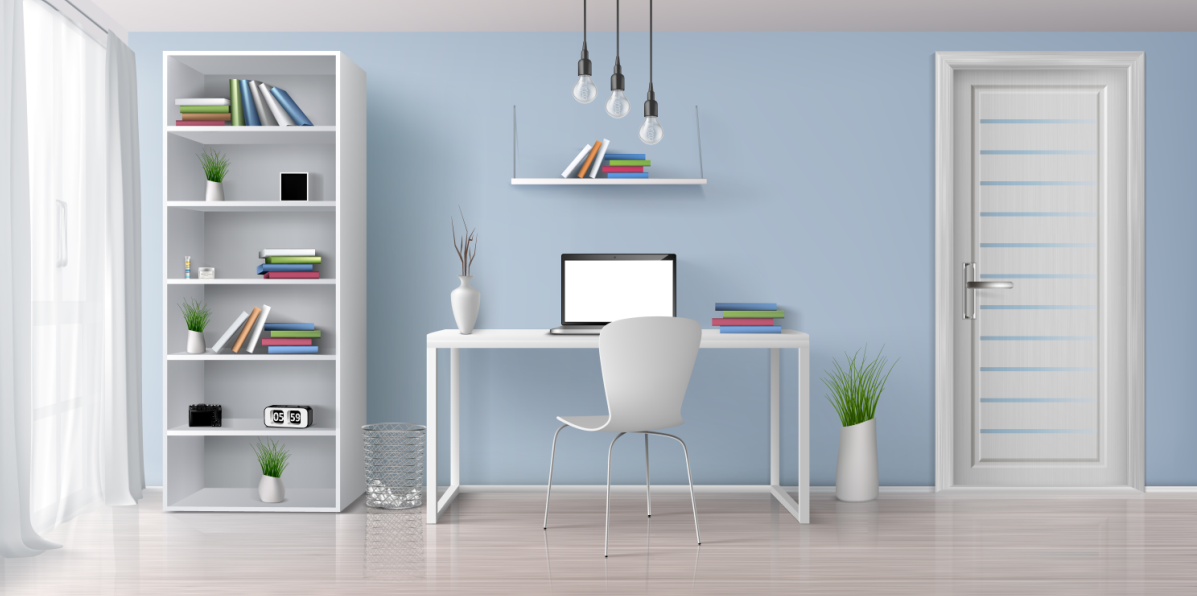
Modern furniture designers and manufacturers now have a wealth of materials, techniques and technology available to them. This can leave you with an abundant range of options for every room in your home. Never has the expression ‘spoilt for choice’ been more applicable!
However, for increasing numbers of homeowners, choosing furniture and furnishing carries a planet ‘health warning’. They want wonderful interior designs and highly practical, durable items, but not if their purchases have a negative environmental impact.
So, how do you buy the right furniture for your home, with 100% confidence that it keeps within the sustainability agenda?
Company credentials count
Many companies – including those who produce contemporary and reproduction furniture – have an environmental management policy and can point to their ethos on their website.
One of the tricks of buying furniture with a clear conscience is to drill down a little further into the company’s credentials. For example, practising energy efficiency and sustainable waste management is just plain business common sense. It is not the same as being an authentically ‘green’ supplier.
Do they also contribute to environmental initiatives, and use chemicals, retardants and manufacturing processes that are ‘kind’?
Supply chains matter too. Many clothing companies have been exposed as having dubious sources for their product range. You must check this same issue when you buy larger, more expensive lifestyle purchases.
Do the suppliers to your furniture manufacturer also show a genuine commitment to managing their carbon footprint? Do they use non-solvent adhesives and ethical working practices for instance?
This kind of research is made easier by the internet. However, any credible company should be willing to be transparent about its supply chain, to reassure end users that their own social and environmental consciousness extends beyond their premises.

Image source
Materials matter
One of the primary ways you can choose furniture which is eco-aware is to be selective in the components. Plastic furniture is a ‘no’ unless it is genuinely made from recycled plastics (its lightness can reduce its carbon footprint too).
One of the best options is furniture made from solid wood. This needs to be sourced from sustainable suppliers – carrying the international Forest Stewardship Council (FSC) accreditation. Bamboo is another highly sustainable product to use in furniture manufacture.
Metal is an easy-to-recycle material and furniture made from this material is highly long-lasting.
Watch out for furniture made from MDF, which mixes chippings and wood waste, as this is a resource-efficient material. Though the adhesives used in its production can be environmentally hazardous.
If you’re buying upholstered chairs and sofas, or beds with mattresses, digging down on the formaldehyde-free cushion materials is also important.
Also, check if any of the components come from Fair Trade initiatives.
You may even want to research your eco-friendly furniture components right through to the packaging materials. Some companies now steer away from plastic wrapping and supply furniture in packaging made from recycled cardboard, for example. This leads to another great way to buy the right furniture for a sustainable home.
Reuse, recycle, reclaim
One of the most environmentally-sound furniture options is to purchase ‘pre-loved’ items or ones crafted from reclaimed materials.
This is now a blossoming sector of the furniture retail trade. Everything, including barn beams, railway sleepers, and wooden food crates, is being transformed into stylish contemporary or traditional chairs, tables, cabinets and beds, for example.
One of the glorious benefits of purchasing furniture made from reclaimed materials is that it endows special character on the item and can often give it a truly unique aesthetic.
Having one-of-a-kind furniture in your home, which carries a history, can add greatly to its value, even when the ultimate aim was simply to adhere to recycling principles. Imagine a beautiful dining room dresser or table carrying timeless swirls and knots in its reclaimed wood.
Shabby chic or ‘rustic’ continue to be popular interior design trends, that lend themselves wonderfully to mixing and matching furniture; items enjoying a second use or crafted from reclaimed materials.

Image source
Knowing where to shop for eco-friendly furniture
All of this research and consideration can sound a little overwhelming, especially if you not only want to adhere to environmental awareness in your purchases but also buy furniture with the minimum fuss, quickly and cheaply. This is when you need to find the right retail source.
It is highly recommended that you visit your local furniture outlet and ‘test’ their range, but also their knowledge of these issues and willingness to be helpful.
Can they point out items sourced from companies with authentic sustainability credentials? Do they have a range of eco-friendly furniture made from reclaimed materials?
A local furniture outlet willing to match your specific interests, in an affordable way, is going to make it much easier to enjoy a comfortable conscience, at the same time as beautiful, practical furniture!
You may also like
Healthy Interior: How Natural Materials Can Bring Serenity into Your Home
Earth-Friendly Interior Makeover: The Essentials
Interior Design: Bringing Raw and Natural Elements Into a House
Furniture’s Carbon Footprint And The Importance of Upcycling
